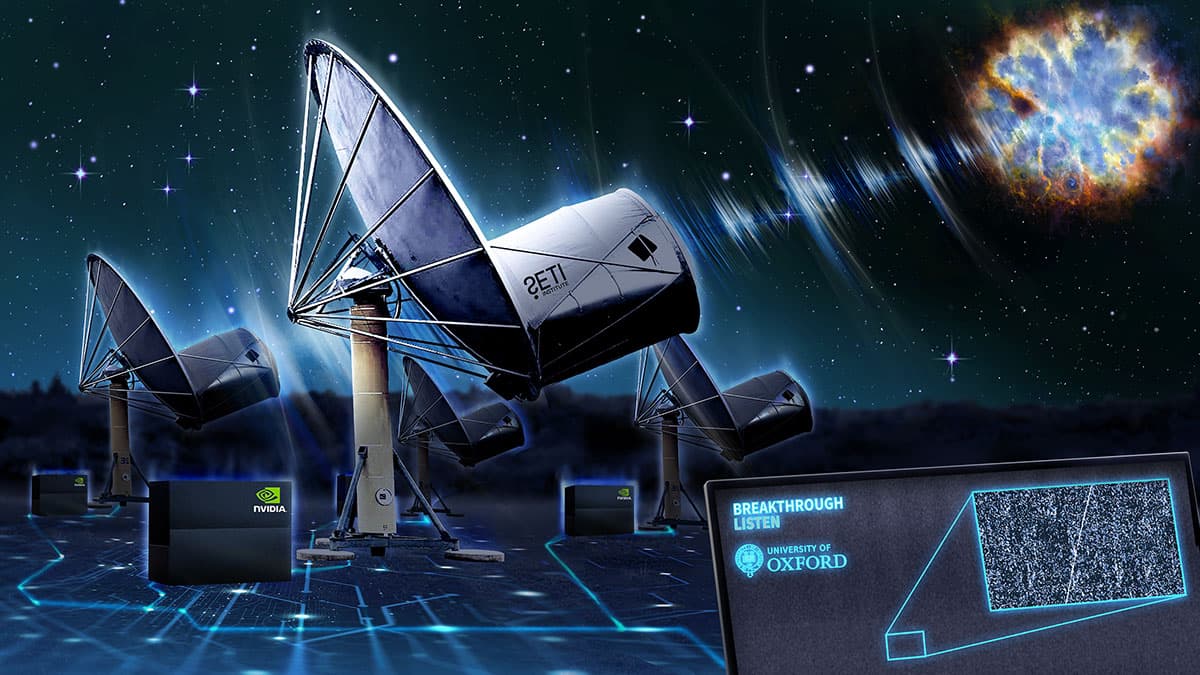Transportation Secretary Duffy Unveils Ambitious Plan for Lunar Nuclear Reactor
In a groundbreaking announcement, U.S. Transportation Secretary Sean Duffy revealed plans to accelerate the development of a nuclear reactor on the moon, a bold initiative aimed at enhancing lunar exploration and establishing a sustainable human presence in space. This announcement comes as part of a broader strategy to enhance the United States" capabilities in space exploration, with implications that extend beyond the lunar surface.
Background & Context
The concept of utilizing nuclear technology for space exploration is not new, but Secretary Duffy"s announcement marks a significant step forward in realizing this vision. The proposed lunar reactor aims to provide a reliable power source for future missions, allowing astronauts to operate equipment and conduct research without relying solely on solar energy, which can be inconsistent on the moon"s surface.
This initiative aligns with NASA"s ongoing efforts to establish a sustainable human presence on the moon by 2024, as outlined in their Artemis program. The reactor is expected to support not only crewed missions but also scientific research that could pave the way for future manned missions to Mars and beyond. As previously reported, NASA is in the early stages of developing a 100-kilowatt nuclear reactor to secure space dominance and ensure long-term operations on the lunar surface.
Key Developments
During the press conference, Secretary Duffy emphasized the importance of this project in fostering international partnerships and advancing technological innovation. “This is not just about exploring the moon; it’s about building a foundation for humanity’s future in space,” he stated. The reactor is designed to be safe, efficient, and capable of operating in the harsh lunar environment, which poses unique challenges for energy production.
The announcement has garnered attention from various sectors, including the scientific community and private aerospace companies. Experts believe that a nuclear power source could revolutionize how missions are conducted on the moon, allowing for longer durations and more complex operations. The development timeline for the reactor aims for completion within the next decade, with initial tests expected to occur in the coming years.
Broader Impact
The implications of this initiative extend beyond the realm of space exploration. Establishing a nuclear reactor on the moon could lead to advancements in energy technology and inspire new innovations here on Earth. The potential for lunar-based energy production could also foster economic development, creating opportunities for private companies and international collaborations.
Historically, similar initiatives have faced scrutiny and debate, particularly concerning safety and environmental impact. In light of recent developments, such as the Kamchatka governor demanding a mayor"s resignation over inadequate earthquake responses, public concern over safety protocols remains high. However, Secretary Duffy reassured the public that rigorous safety measures would be implemented to mitigate risks associated with nuclear technology in space.
What"s Next
Moving forward, the U.S. Department of Transportation will collaborate with NASA and private industry partners to finalize the technical specifications and safety protocols for the lunar reactor. Stakeholders will also engage in discussions with international space agencies to explore potential partnerships and knowledge sharing, ensuring that this ambitious project benefits from a global perspective.
As the world watches these developments unfold, the success of the lunar nuclear reactor could set the stage for a new era of space exploration, where sustainable energy solutions become a reality. The implications of this initiative could redefine humanity"s relationship with space, opening doors to unprecedented exploration and discovery.








